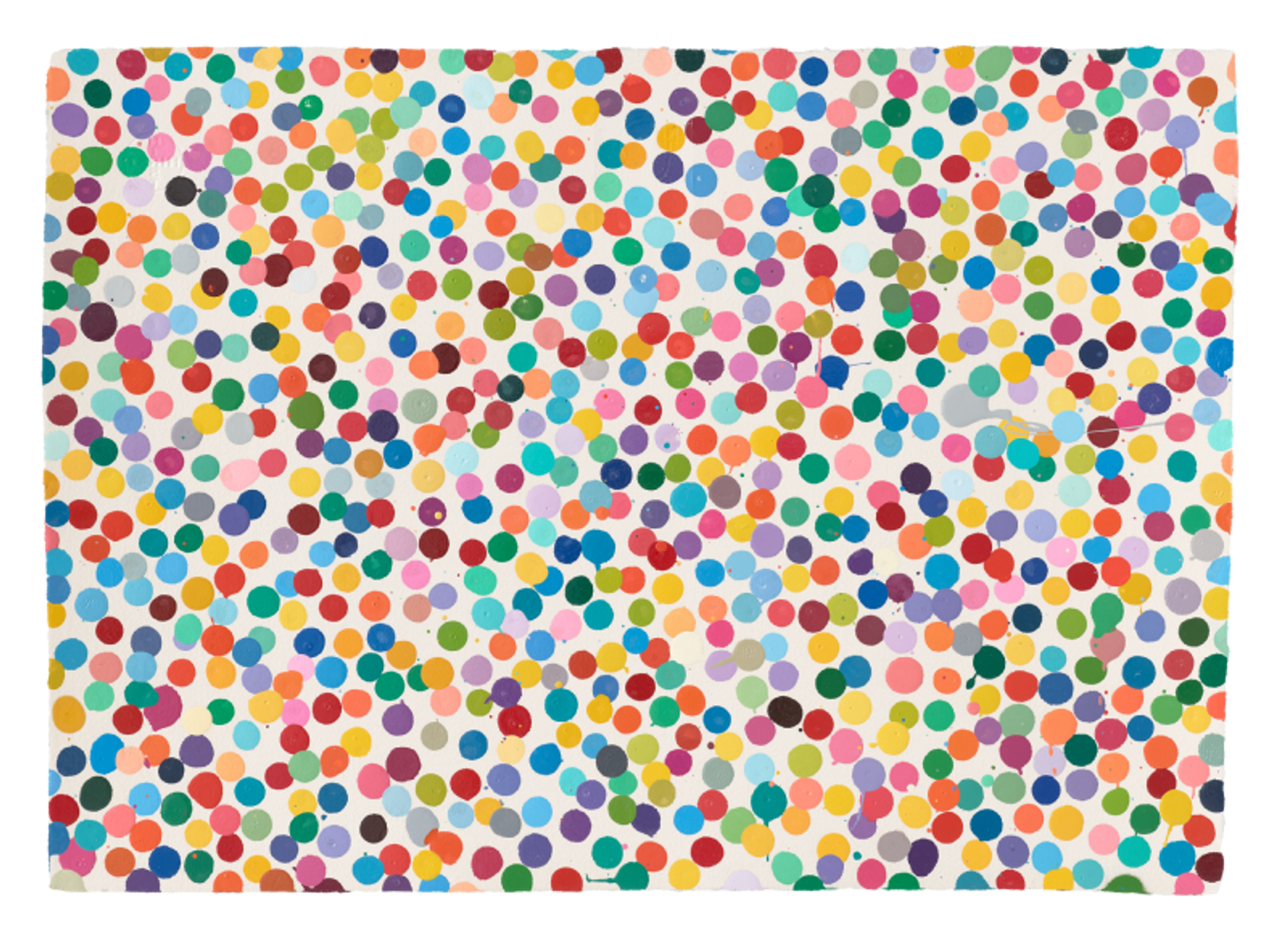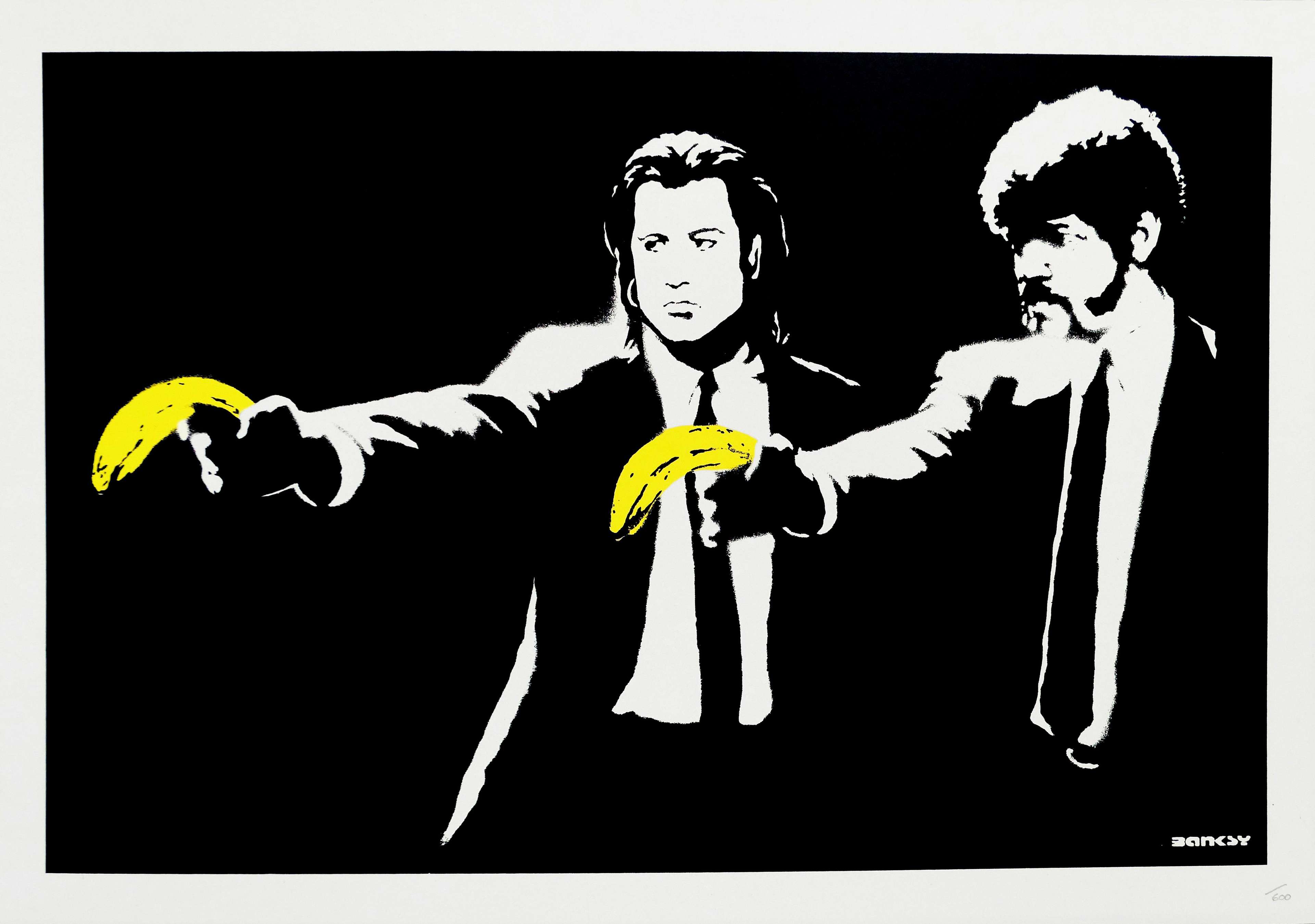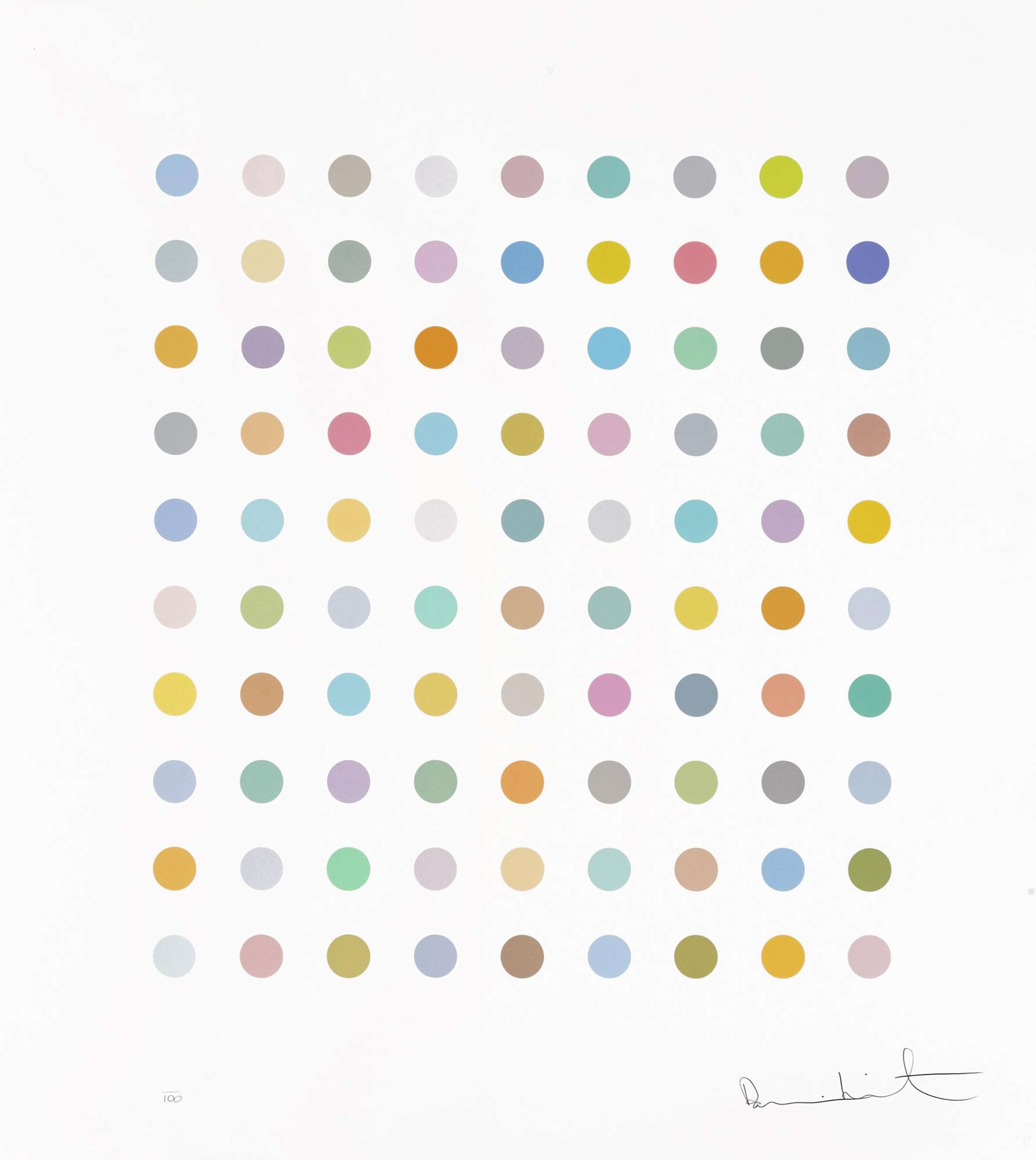How To Invest In Art: The Top-Performing Collectable Asset

 Bomb Love © Banksy 2003 - MyArtBroker
Bomb Love © Banksy 2003 - MyArtBrokerMarket Reports
Bloomberg’s Suzanne Woolley sat down with Robert Arnott, co-founder of Research Affiliates and pioneer in smart-beta investing. Arnott shared his opinion on the best place to invest $ 1 million right now and the best alternative assets when it comes to a risk-reward perspective. Though Bloomberg advised on which Exchange-Traded Funds (ETFs) to invest in, Arnott advocated for diversification: particularly in art. Here, we explore how to start investing in art as an alternative asset class today and how our online art market can facilitate more accessible and transparent investments in art.
In his conversation with Bloomberg News, Arnott encouraged investors with new money to be “careful in allocating their money”. Arnott frames his discussion about investment around three foundations: “thinking long-term, diversifying, and managing risk relevant to your human capital”. With this framework in mind, Arnott advised that global real estate, international value, and emerging-market value were the most interesting and return-oriented investments to make right now. For Arnott personally, the Banksy market is a particularly desirable investment asset - and a good place to deploy “a modest slice of your $1million” to yield profit and also acquire something “fun and hilarious to look at”.
Also, Alexa Phillips declared in The Times: “Art has overtaken fine wine as the top-performing collectable investment, with prices driven up by demand from the ultra-wealthy”. With a 29% increase in art prices last year alone, there has never been a better time to invest in art, diversify your portfolio, and think long-term when it comes to alternative investment assets.
 Image © Christie's / Shot Sage Blue Marilyn © Andy Warhol 1964
Image © Christie's / Shot Sage Blue Marilyn © Andy Warhol 1964Prints & Editions as an Alternative Investment Class
Fine art, including prints and multiples, fall under the ‘alternative assets’ class. This relates to assets that do not fall into established categories such as stocks and bonds, annuities, mutual funds, currencies and EFTs. If you are looking to move into alternative asset classes, prints & editions are one of the best places to start. With a typically lower price-point than originals, prints are a more accessible way to begin collecting reliable investment assets.
Market figures through auction and private sale in the past five years, as explored in our most recent report, have shown a period of growth across the American Pop, Post-War & Contemporary, and Urban print markets. With the record-breaking sale of Andy Warhol’s Shot Sage Blue Marilyn in May 2022, which sold for a colossal $195million at Christie’s, prints & multiples by the King of Pop Art are set to steadily increase in value throughout 2023 and represent some of the most desirable opportunities to invest in this thriving market. Across the board, when original artworks are successful at auction, we see a knock-on effect in the prints & editions market. For investors with new money, this is an exciting passion asset to explore, and one which is expected to increase in value over time.
The Online Art Market Advantage
Once you’ve made the decision to start investing in art, the next question is: where can I buy art?
At MyArtBroker, we believe that anyone should be able to invest in art. With our team of specialists by your side, you can make the most informed decisions on your investment, and build your portfolio with our precision data. Our algorithm tracks over 48,500 auction histories & our own private sales data across 3,500 artworks spanning 30 years, including signed, unsigned, APs, PPs, TPs and sets of prints & editions. The data proffered by online art markets like ours is unprecedented, and means that you can see how an artwork has performed historically before making an investment. We don’t have a crystal ball, but we can discuss the road ahead with the best data insight, market demand indication, and private market knowledge so that you can invest with expert insight.
Artist Markets To Invest In Now According to MyArtBroker
Since 2017, certain artist markets have fared particularly well. Our 5 Year Print Market Report indicated that established artist markets like Andy Warhol, David Hockney, and Damien Hirst have continued to grow in size and value. Others like the Banksy, Roy Lichtenstein and STIK markets have taken corrections in 2022 following the flurry of activity through 2021 bounce backs from 2020. Since then, the following artists have continued to perform exceptionally at auction and private sale, and remain a viable alternative asset for investors:
BANKSY
Over the past 5 years, the Banksy market has undergone a correction as it begins to mature towards a tendency for mid- to long-term investment. Given how well Banksy's market performed in 2020, the corrections in the past year are natural in establishing a market. Despite values adjusting downwards, 60% of Banksy's unsigned prints have shown a return of 200% or more, and now corrected the market shifts for longer-term yield.
Star Work: Pulp Fiction (Unsigned)
Banksy’s quippy reimagining of Quentin Tarantino’s cult classic has performed phenomenally since 2017. The unsigned edition of Pulp Fiction made a 5 year return of 635%, with a Compounded Annual Growth Rate (CAGR) of 49%.
ANDY WARHOL
Like the Pop Art print market itself, Andy Warhol’s resilient market has boomed over the past 5 years. Though his complete print sets are considered the nonpareil of his print portfolios, individual prints continue to yield high value growth so far in 2023. Warhol prints are consistently showing higher returns over a 10 year period in comparison to gold, oil, property and UK shares, and may be a better place to make potential returns.
Star Work: Queen Elizabeth II (F. & S. II.336)
Warhol’s electric pink representation of the late Queen Elizabeth has increased in value remarkably since 2017. Appropriating one of the most ubiquitous portraits in history, it is hardly surprising that Queen Elizabeth II (F. & S. II.336) has made a 5 year return of 537%. While the print sold for approx. £55,351 in 2017, this climbed to £352,800 in 2022 - yielding a CAGR of 45%.
DAMIEN HIRST
The Damien Hirst market has grown significantly in the past 24 months, thanks to his ever-expanding body of work. Enfant terrible of the YBAs, Hirst has established himself as one of the most prominent figures in the Contemporary Art world. According to our data, areas like the oil market are no match for the potential returns to be made in the Hirst print market right now
Star Work: Vipera Lebetina
One of Hirst’s infamous Spots works, Vipera Lebetina has proved particularly popular among collectors since 2017. The muted-coloured Spots work has experienced approx. 355% value growth over the past 5 years.
BRIDGET RILEY
Since 2017, Bridget Riley's mature market has experienced steady rates of growth in value despite the scarcity of her works available on the secondary market. The leading light of the Op Art movement commands attention in the Post-War & Contemporary print market, with a stable annual growth rate. In comparison to oil, the potential rate of return from a Riley print far outweighs returns on oil.
Star Work: Elapse
Riley’s optically engaging Elapse has performed exceptionally since 2017. The fluid and illusory print has yielded a 5 year return of 466%, with a CAGR of 41%, making this the most investable print in Riley’s oeuvre right now.
How To Invest In Art With MyArtBroker
Collecting and investing in art should be easy and accessible for anyone. We have been collecting auction history and our own private sales data since 2010 to make that happen. Our value index blends public auction data and private sales data from our collectors network. Our market value index uses artwork & artist data and a Repeat-Sales Regression (RSR) approach. Using the sale price of individual prints, we estimate the fluctuations in the value of an average representative print over a unique period of time. This is bluechip market transparency like you’ve never seen before
By joining MyArtBroker, you join a community of collectors and investors. Our Trading Floor brings collectors access to our network in real time, and allows you to track up-to-the-minute supply and demand. Indeed, there has never been a better time to start investing in the best-performing collectable asset - and MyArtBroker can make that an enjoyable process.











